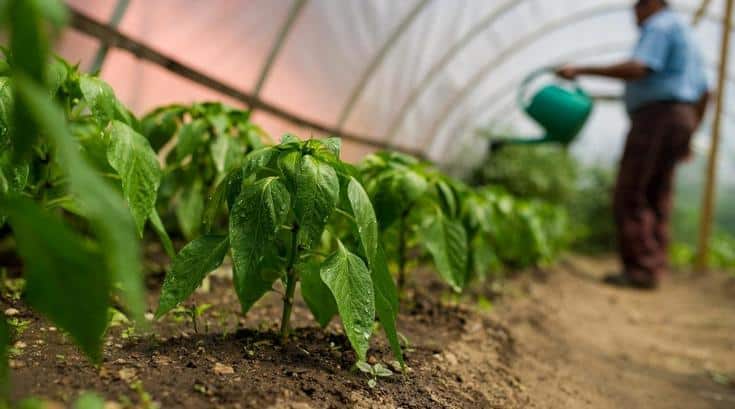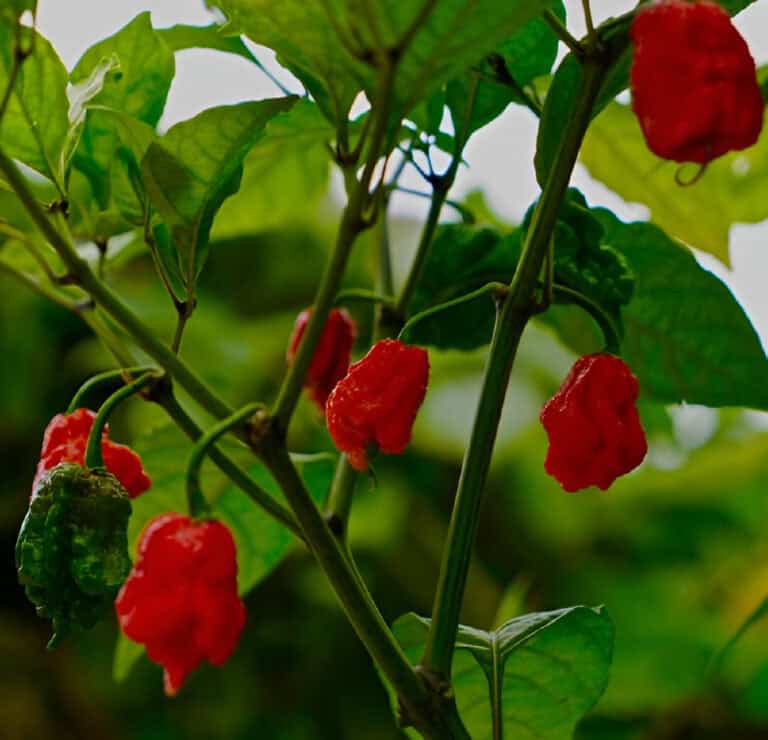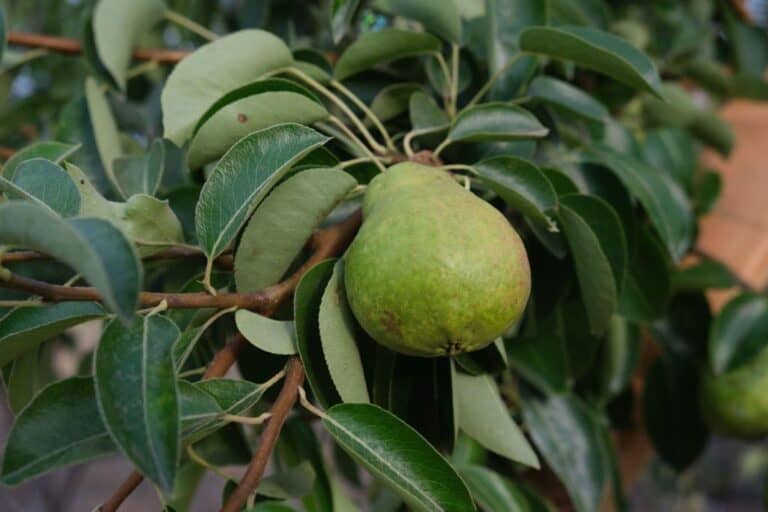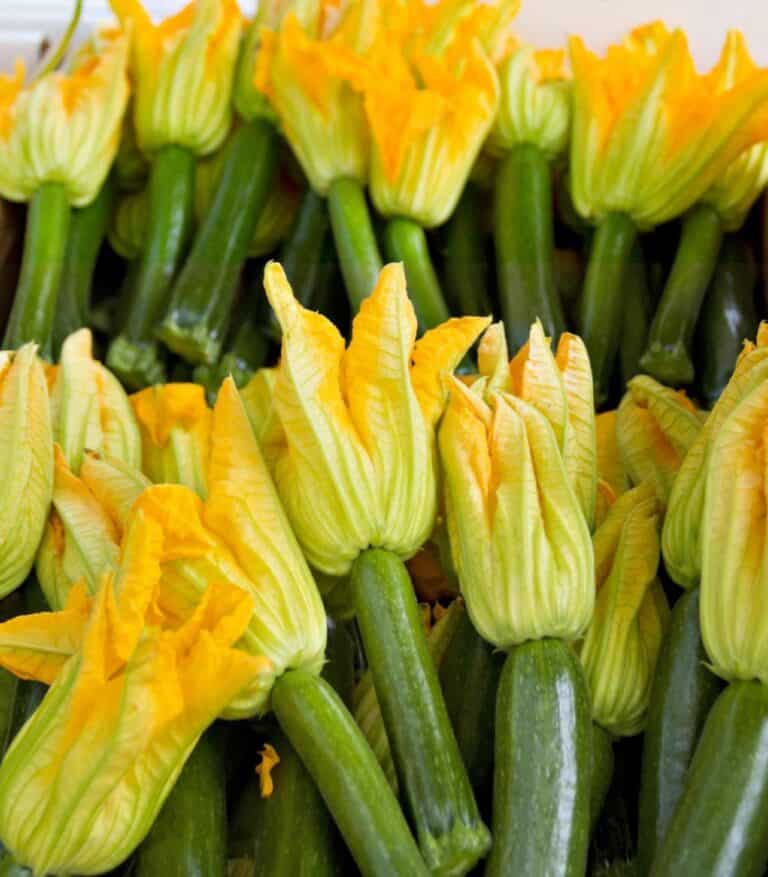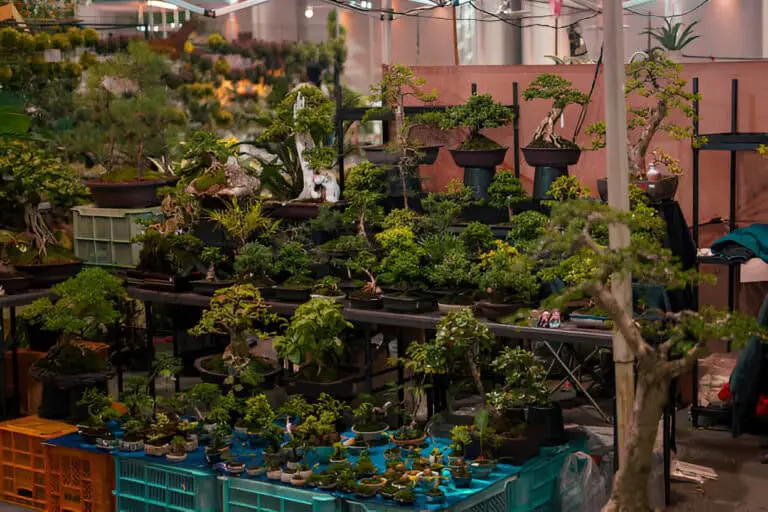How Much Soil is Needed to Grow Cucumbers? (Depth and Spacing)
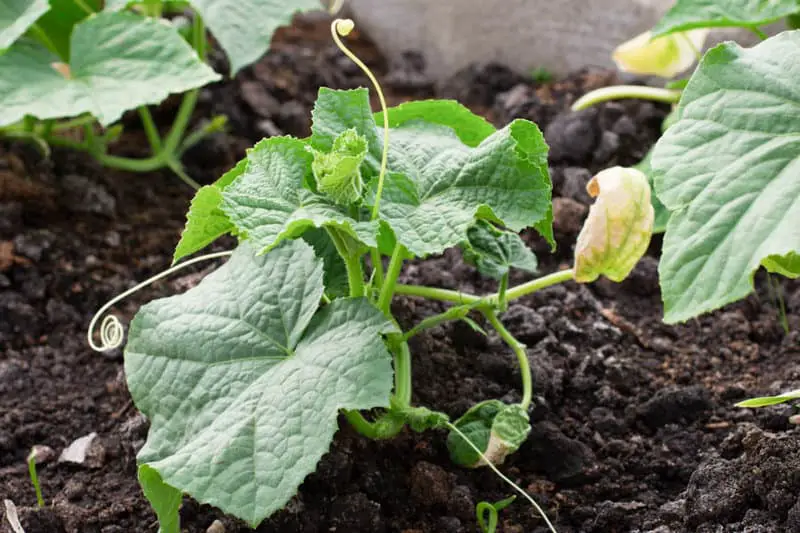
Cucumbers have a refreshing taste. They are versatile in dishes. They thrive in good soil. You may be growing them in a backyard garden, raised beds, or containers. Understanding the right soil depth and spacing is key to maximizing their growth and yield.
In this article, we’ll delve into the optimal soil depth and volume needed to successfully cultivate cucumbers. Whether you’re a seasoned gardener or just starting out, knowing these essentials will help. They will help you provide the perfect place for your cucumbers to grow.
Let’s explore how you can achieve thriving cucumber plants with the right amount of soil.
Understanding Cucumbers Growth Requirement
Understanding the growth requirements for cucumbers is crucial for successful cultivation. Here are the key points:
Climate and Environment
- Temperature: Cucumbers like warmth. The best temperatures are 18°C to 25°C (64°F to 77°F) in greenhouses and 21°C to 27°C (70°F to 81°F) outdoors.
- Light: They require high light intensity, which can be provided by growing them in greenhouses or using shade cloths to mitigate extreme sunlight.
- Humidity: High humidity is good. It helps in greenhouses. It stops diseases like powdery mildew.
Soil and Watering
- Soil: Cucumbers grow best in fertile soil with good drainage. Adding aged manure or compost before planting can improve soil quality.
- Watering: They need consistent watering, especially during hot weather. Watering at the base of the plants helps avoid wetting the leaves, which can encourage fungal diseases.
Plant Care
- Pruning: Pinching out shoots helps the plants focus on fruit production rather than excessive growth. This is particularly important for greenhouse cucumbers.
- Trellising: Trellising helps cucumbers climb and use vertical space. This makes them ideal for small gardens or containers.
- Fertilization: Regular fertilization with a general liquid fertilizer is recommended. Switch to a tomato feed once flowering starts to encourage fruiting.
| Read: Do Cucumbers Grow Back Every Year? |
Soil Depth for Growing Cucumbers
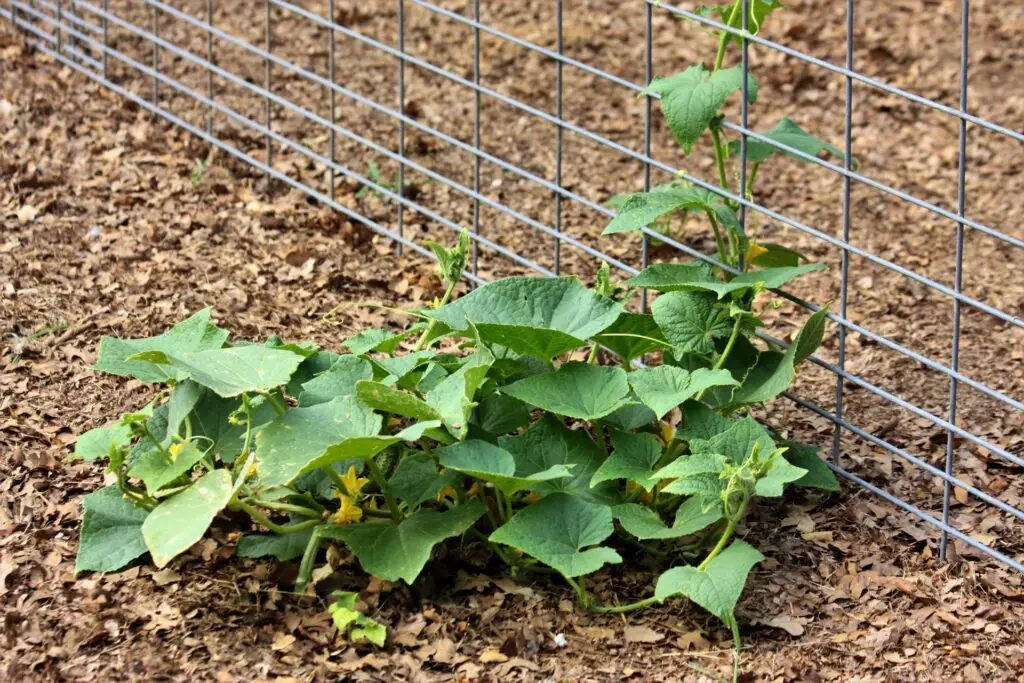
Soil depth is crucial for cucumber growth. It provides space for root development. It ensures plants get key nutrients and moisture. Here’s what you need to know about soil depth:
- In-Ground Planting:
- When planting cucumbers directly in the ground, prepare the soil to a depth of at least 12 inches. Cucumber roots can grow deep, so deeper soil allows them to access water and nutrients more effectively. Ensure the soil is loose and well-draining to prevent waterlogging, which can lead to root rot.
- Raised Beds:
- For raised bed gardening, aim for a soil depth of 8-12 inches. Raised beds provide good drainage and aeration, which are beneficial for cucumber roots. Consider adding a layer of compost or aged manure to enrich the soil and improve its structure.
- Container Gardening:
- Choose containers for growing cucumbers that are at least 12 inches deep. Cucumbers have big root systems. Deeper containers allow for better root growth and water retention. Ensure containers have drainage holes to prevent water buildup.
Soil Spacing for Growing Cucumbers
Proper spacing between cucumber plants ensures they have enough room to grow vigorously, receive adequate sunlight, and facilitate airflow to prevent diseases. Here’s how to space your cucumber plants effectively:
- Row Spacing:
- Plant cucumber seeds or seedlings in rows spaced 36-48 inches apart. This spacing allows vines to spread comfortably. It also reduces competition for nutrients and sunlight.
- Plant Spacing:
- Space cucumber plants 12-24 inches apart within each row. This spacing depends on the cucumber variety and its growth habit. Providing ample space between plants encourages healthy growth and makes it easier to manage pests and diseases.
- Vertical Gardening:
- Consider vertical gardening techniques for cucumbers by using trellises or supports. This method not only saves space but also promotes better air circulation around plants, reducing the risk of fungal diseases.
| Read: Are Cucumber Fruit or Vegetable? |
Soil Preparation Tips for Growing Cucumbers
Before planting cucumbers, soil preparation is crucial. It creates healthy plants and ensures a good harvest. Follow these tips to prepare your soil:
- Loosen Soil: Use a garden fork or tiller to loosen the soil to the recommended depth. Loose soil promotes root penetration, drainage, and aeration, essential for robust cucumber growth.
- Amend Soil: Incorporate organic matter such as compost, well-rotted manure, or leaf mold into the soil. Organic matter improves soil. It does so by boosting fertility, structure, and water retention. This provides a nutrient-rich environment for cucumber plants.
- Check Soil pH: Cucumbers prefer slightly acidic to neutral soil with a pH range of 6.0-7.0. Test your soil pH and amend it if necessary using organic materials or pH-adjusting products to create optimal growing conditions for cucumbers.
Maintenance Tips for Healthy Cucumber Plants
To ensure your cucumber plants thrive and make lots of high-quality fruits, use these maintenance tips. Use them all through the growing season.
- Watering: Keep the soil consistently moist but not waterlogged. Cucumbers require regular watering, especially during flowering and fruit development stages. Water at the base of plants early in the day to reduce evaporation and minimize fungal diseases.
- Fertilization: Apply a balanced fertilizer or one specifically formulated for vegetables before planting and during the growing season. Follow fertilizer application rates based on soil test results to avoid over-fertilization, which can lead to excessive foliage growth at the expense of fruit production.
- Mulching helps. It conserves soil moisture and suppresses weed growth. Apply a layer of organic mulch, like straw or shredded leaves, around cucumber plants. Mulching also prevents soil compaction and erosion around plant roots.
- Pollination: Cucumbers rely on pollination to set fruit. Encourage pollination by attracting pollinators to your garden, such as bees and butterflies. Avoid using insecticides during flowering periods to protect pollinators.
Harvesting Cucumbers Tips
- Timing: Harvest cucumbers when they reach the desired size and color, typically 6-8 inches long for slicing varieties. Check plants regularly, as cucumbers can grow rapidly once they start producing.
- Storage: Store freshly harvested cucumbers in the refrigerator for up to a week. Wrap them loosely in plastic or store them in a perforated plastic bag to retain moisture and freshness.
Conclusion
Growing cucumbers successfully involves using the right soil. You need to get the right depth, spacing, and preparation. These things support vigorous growth and lots of fruit. Follow the guidelines in this guide. They will help you grow healthy, productive cucumber plants in your garden or containers. This will ensure a steady supply of fresh cucumbers for salads, pickling, and more. Happy gardening!

